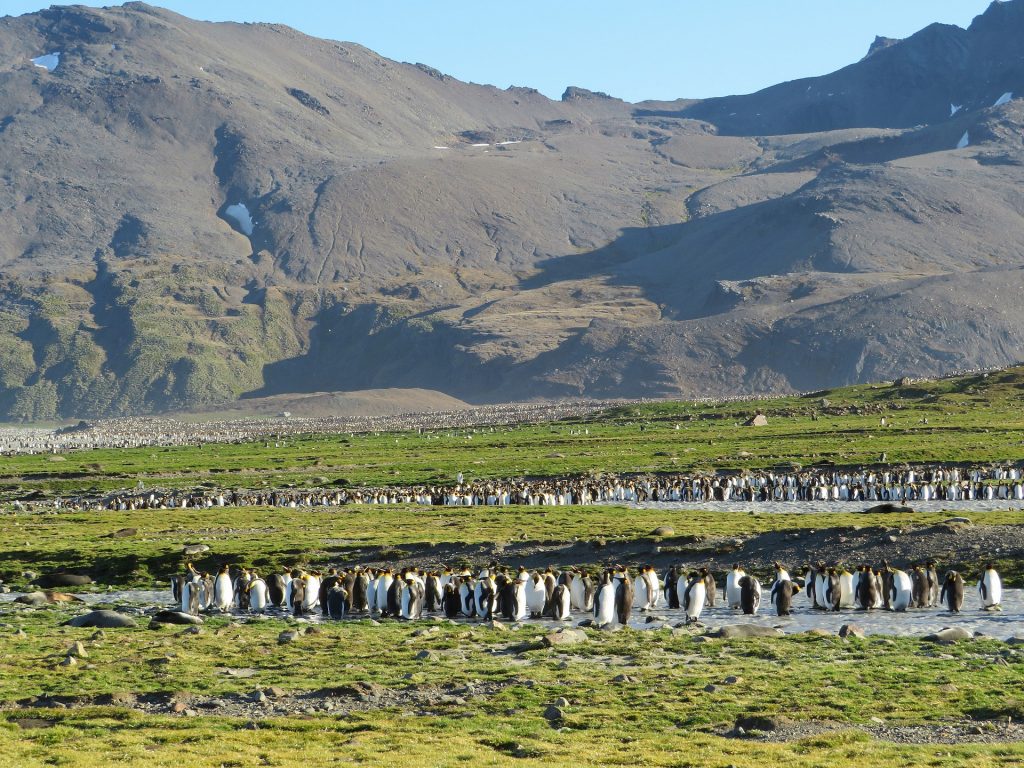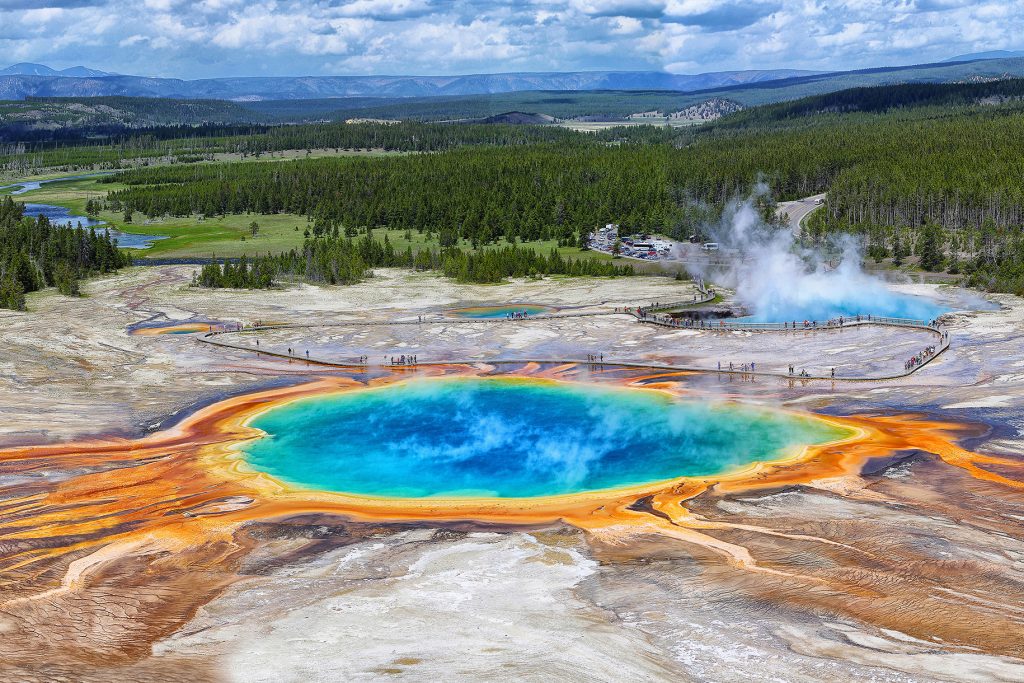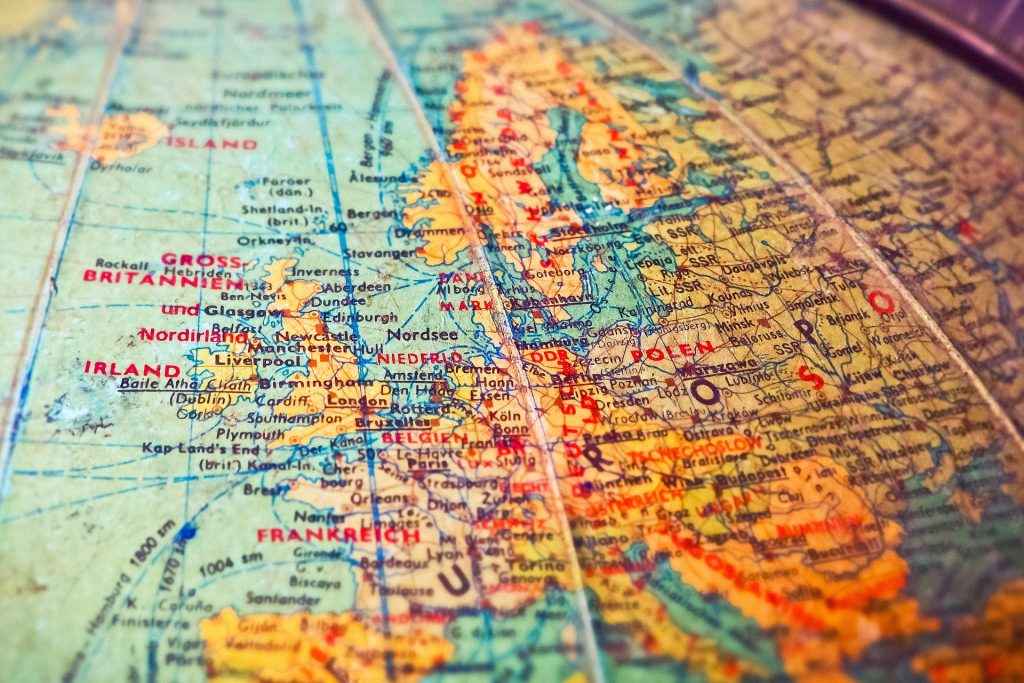South Georgia and the South Sandwich Islands are a remote and rugged British Overseas Territory located in the southern Atlantic Ocean. This territory, known for its dramatic landscapes and rich biodiversity, consists of the main island of South Georgia and the smaller South Sandwich Islands. These islands have a fascinating geological history, a unique ecosystem, and a complex human history that has shaped their current status.
Location and Formation
South Georgia is situated about 1,300 kilometers southeast of the Falkland Islands and approximately 2,000 kilometers east of South America’s southern tip. The South Sandwich Islands lie further southeast of South Georgia, forming a volcanic island arc. The islands are positioned along the Scotia Arc, a geological formation that links the Andes in South America to the Antarctic Peninsula.
The formation of South Georgia and the South Sandwich Islands can be traced back to tectonic activity associated with the South American Plate and the Antarctic Plate. South Georgia is primarily composed of sedimentary rocks formed during the Jurassic period, around 150 million years ago. These rocks were later uplifted due to tectonic forces. The South Sandwich Islands are much younger, with ongoing volcanic activity that continues to shape their landscape. The islands themselves are volcanic in origin, with Mount Belinda on Montagu Island being an active volcano.
Historic exploitation
The first recorded sighting of South Georgia was by the English merchant Anthony de la Roché in 1675. However, it was not until 1775 that Captain James Cook made the first documented landing on the island during his second voyage. Cook claimed the island for Britain and named it “Isle of Georgia” in honor of King George III. The South Sandwich Islands were later discovered by Captain James Cook in 1775, during the same voyage.
South Georgia has a significant history of human exploitation, particularly during the 19th and early 20th centuries when it was a hub for the whaling industry. Whaling stations were established on the island, and for several decades, South Georgia was the center of the southern hemisphere’s whaling operations. At its peak, the islands were home to around 2,000 people. Most were transient sailors, but others were near permanent residents on the island, all of the population was associated with the whaling industry in one capacity or another.
The remnants of the whaling era are still visible today, with rusting equipment and abandoned buildings serving as reminders of this period. The whaling industry had a profound impact on the local ecosystem, with many whale species becoming endangered due to over-exploitation. Whalers targeted species like the blue whale, fin whale, and humpback whale, leading to a drastic decline in whale populations. This is particularly problematic due to the long breeding cycles of many of the species targeted making replenishment difficult. By the mid-20th century, the whaling industry had collapsed, and the whaling stations were abandoned.
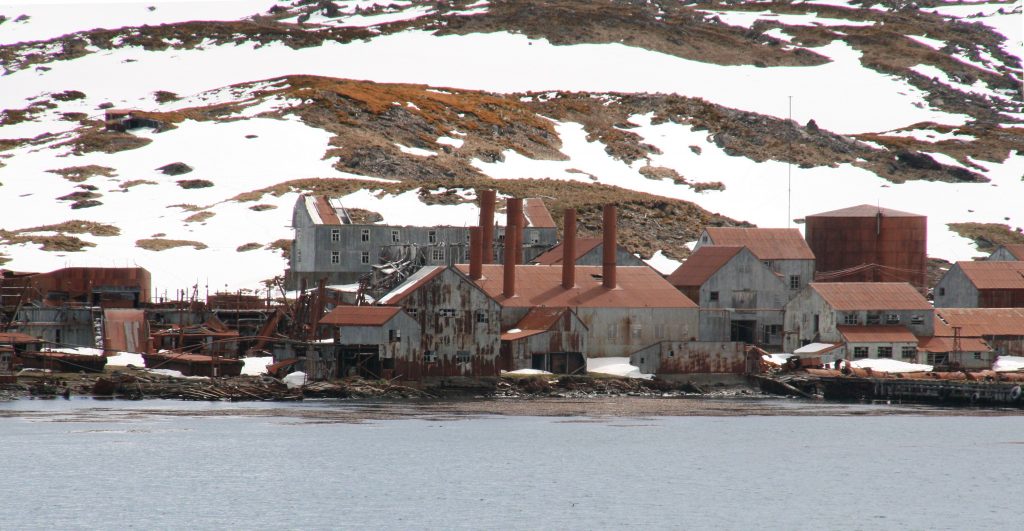
A Remarkable Rescue
The island is closely associated with the famous Antarctic explorer Sir Ernest Shackleton. Shackleton’s ill-fated Endurance expedition in 1914-1917 is one of the most remarkable stories of survival in polar exploration history. After their ship was trapped and crushed by pack ice, the entire crew were forced to abandon ship onto the pack ice and make their way to the nearest land with whatever they could carry. Upon reaching land, a plan was devised to reach safety.
So it was that Shackleton and 5 of his crew made an arduous journey rowing from Elephant island on the very tip of the Antarctic peninsula to South Georgia. A journey of some 1,300 kilometers across the treacherous Southern Ocean. They later mounted a successful rescue mission for the remaining crew still stranded on Elephant island. Despite losing their ship to the Antarctic winter ice and being stranded on the inhospitable and barron Elephant Island, not a single member of the crew was lost. It was a remarkable result at a time where loss of entire ships with all hands was a routine occupational hazard.
Shackleton’s epic voyage and subsequent rescue mission are commemorated on the island. Visitors can visit Grytviken, the site of the former whaling station, where Shackleton’s grave and a small museum dedicated to his exploits are located. Grytviken serves as a poignant reminder of the island’s role in the history of polar exploration and the enduring human spirit.
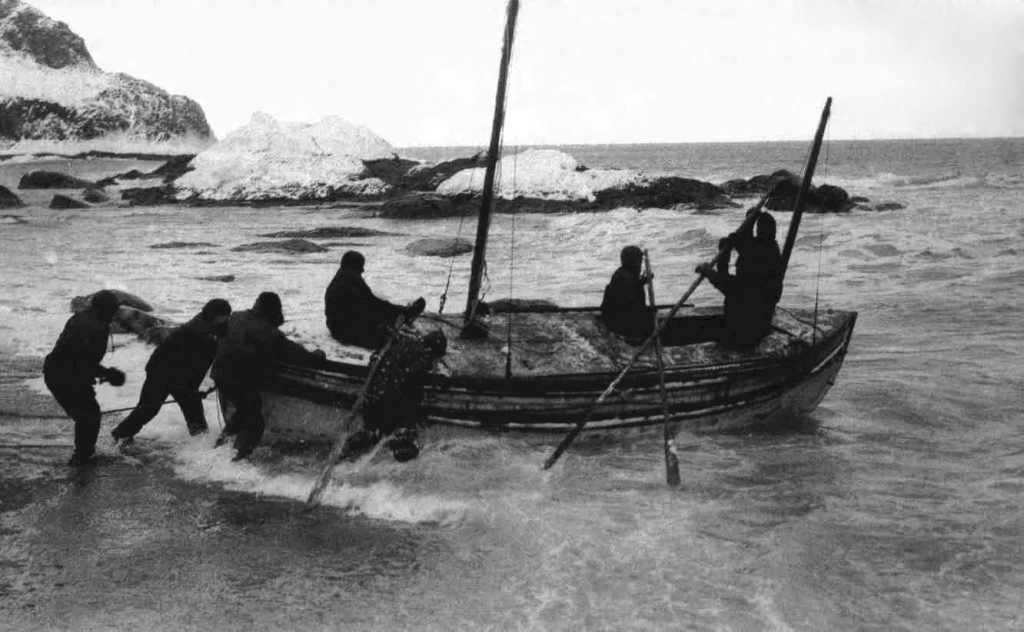
Flora and Forna
The harsh climatic conditions and rugged terrain of South Georgia and the South Sandwich Islands limit the types of vegetation that can survive there. The flora primarily consists of hardy mosses, lichens, and tussock grasses that have adapted to the cold and windy environment. These plants play a crucial role in stabilizing the soil and providing habitat for various animal species. There are no trees or bushes higher than a few centimeters tall.
Despite the limited plant life, the islands are renowned for their rich and diverse fauna. South Georgia, in particular, is a haven for wildlife, hosting large populations of seals, penguins, and seabirds. The island is home to several species of seals, including the Antarctic fur seal and the southern elephant seal. The populations are all supported almost exclusively on the rich abundance of sealife surrounding the islands.
The birdlife on South Georgia is equally impressive. Albatrosses, petrels, and skuas are among the many seabird species that nest on the island. The South Georgia pipit, the world’s southernmost songbird, is endemic to the island. South Georgia is also one of the world’s most important breeding grounds for king penguins, with colonies numbering in the hundreds of thousands
Current uses
Today, there is no permanent population on the island, although the British Antarctic Survey and other research groups have bases with rotating personnel completing scientific research. The economy of South Georgia and the South Sandwich Islands is primarily based on fisheries and tourism, but with no permanent population, and no real need for the normal societal infrastructure, its GDP is virtually non-existent.
The waters around the islands are rich in marine resources, particularly Patagonian toothfish and Antarctic krill. Fisheries are regulated by a commissioner appointed by the UK government, currently the commissioner role is fulfilled by the Governor of the Falklands Islands.
Tourism is another important economic activity, although it is also tightly controlled to minimize environmental impact. Each year, a limited number of tourists are allowed to visit South Georgia to experience its stunning landscapes and abundant wildlife. Tour operators must adhere to strict guidelines to protect the fragile environment and ensure that tourism does not disturb the delicate ecosystem.
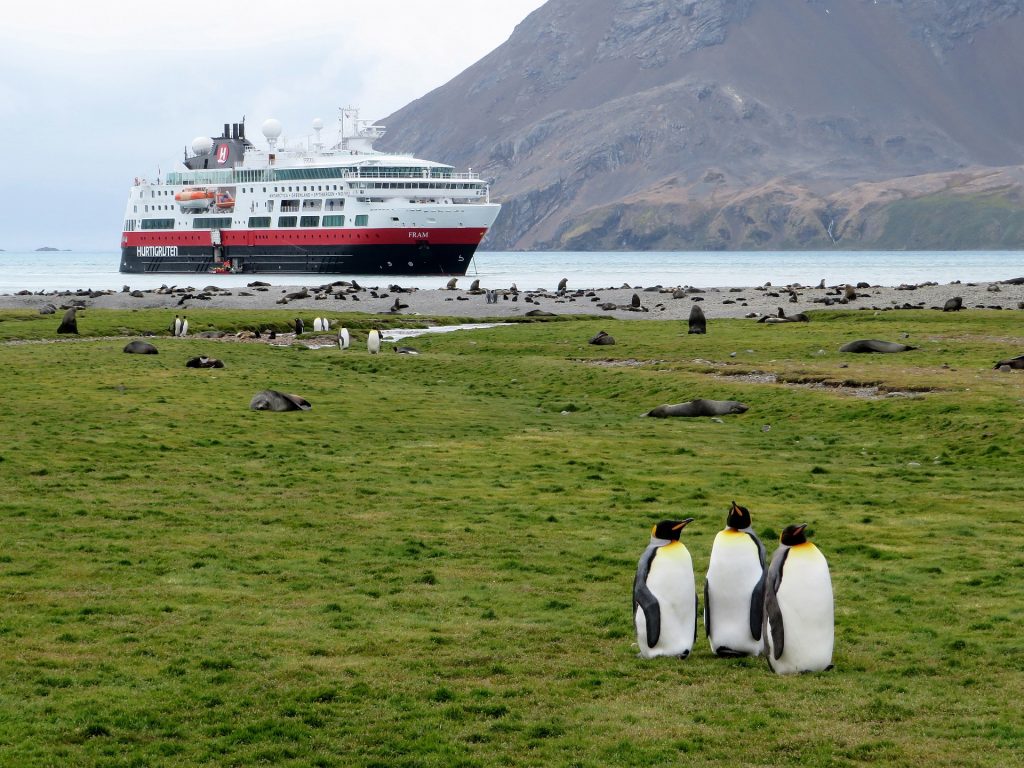
Risks and Challenges
Despite its remote location, South Georgia and the South Sandwich Islands face several environmental challenges. One of the primary risks is climate change, which is impacting the region’s ecosystems. Rising temperatures and changing sea ice patterns affect the availability of krill, which is a crucial food source for many marine species. Climate change also threatens the breeding success of seabirds and seals.
Pollution is another concern, particularly marine debris and plastic pollution. Ocean currents such as the Southern Antarctic Circumpolar Current Front (SACCF) and the Weddell Sea Deep Water (WSDW) currents can carry debris to these remote islands, posing a threat to marine life. Efforts are being made to monitor and clean up marine pollution, but it remains a persistent problem.
Conservation Efforts
Recognizing the ecological significance of South Georgia and the South Sandwich Islands, extensive conservation efforts are underway. The islands are designated as protected areas, with large portions classified as Specially Protected Areas under UK law and Marine Protected Areas by the Marine Conservation Institute. These designations restrict human activities and aim to preserve the unique ecosystems and wildlife.
The South Georgia Heritage Trust is one of the key organizations involved in conservation efforts. It has undertaken several projects, including the South Georgia Habitat Restoration Project, which successfully eradicated invasive rats and reindeer from the island. These invasive species had severely impacted native bird populations, and their removal has allowed the ecosystem to recover.
The government of South Georgia and the South Sandwich Islands also implements strict fishing regulations to ensure sustainable practices. Monitoring and research programs are in place to track the health of marine populations and assess the impact of climate change on the ecosystem.
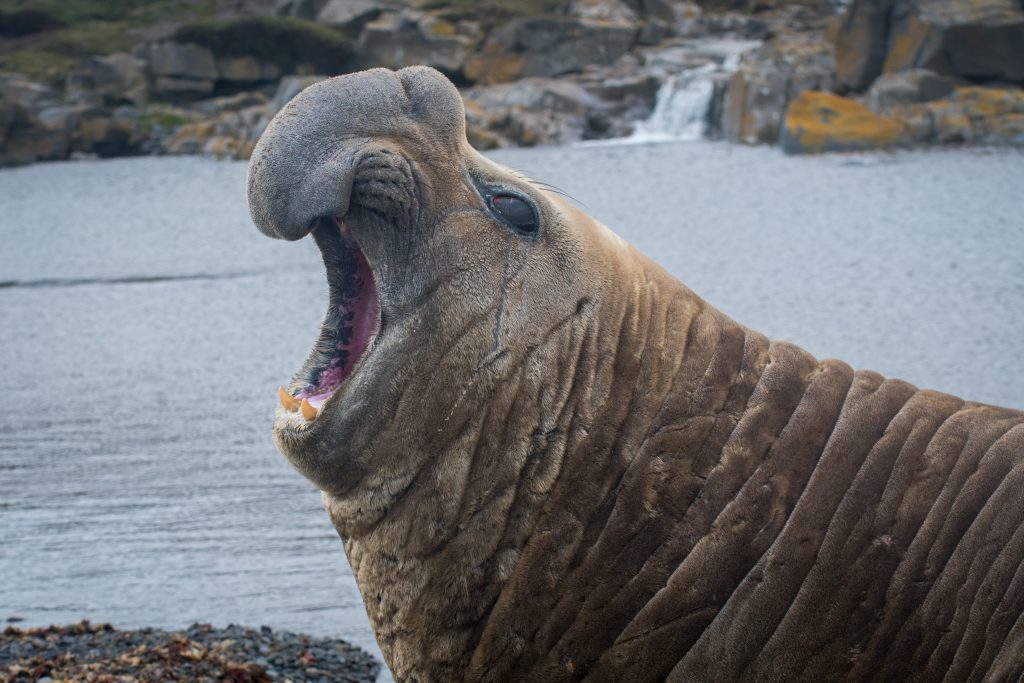
Scientific Research
South Georgia and the South Sandwich Islands are important sites for scientific research, particularly in the fields of marine biology, ecology, and climate science. The British Antarctic Survey operates research stations on South Georgia, conducting studies on wildlife, marine ecosystems, and environmental changes. These research efforts contribute to the global understanding of polar and sub-polar ecosystems and inform conservation strategies. The islands have a number of bases such as Bird Island Research Station and King Edward Point Research Station that allow for a permanent research presence on the islands.
The research conducted on these islands also provides valuable insights into the impacts of climate change on remote and relatively pristine environments. By studying the responses of wildlife and ecosystems to changing conditions, scientists can better predict and mitigate the effects of climate change on other parts of the world.
Final Thoughts
The future of South Georgia and the South Sandwich Islands depends on continued conservation of its abundant natural resources. Protecting these remote and fragile ecosystems requires a commitment to sustainable practices, rigorous scientific research, and effective management of human activities. The lessons learned from these islands can inform global conservation strategies and contribute to the preservation of other vulnerable regions.
South Georgia and the South Sandwich Islands are remarkable for their geological history, rich biodiversity, and complex human history. These remote islands have evolved through tectonic forces and volcanic activity, creating unique landscapes that support diverse flora and fauna. Despite the challenges of climate change, pollution, and tourism, ongoing conservation efforts and scientific research aim to protect and preserve these pristine environments for future generations. The legacy of human exploration and the commitment to conservation make South Georgia and the South Sandwich Islands a valuable part of our natural and cultural heritage.

